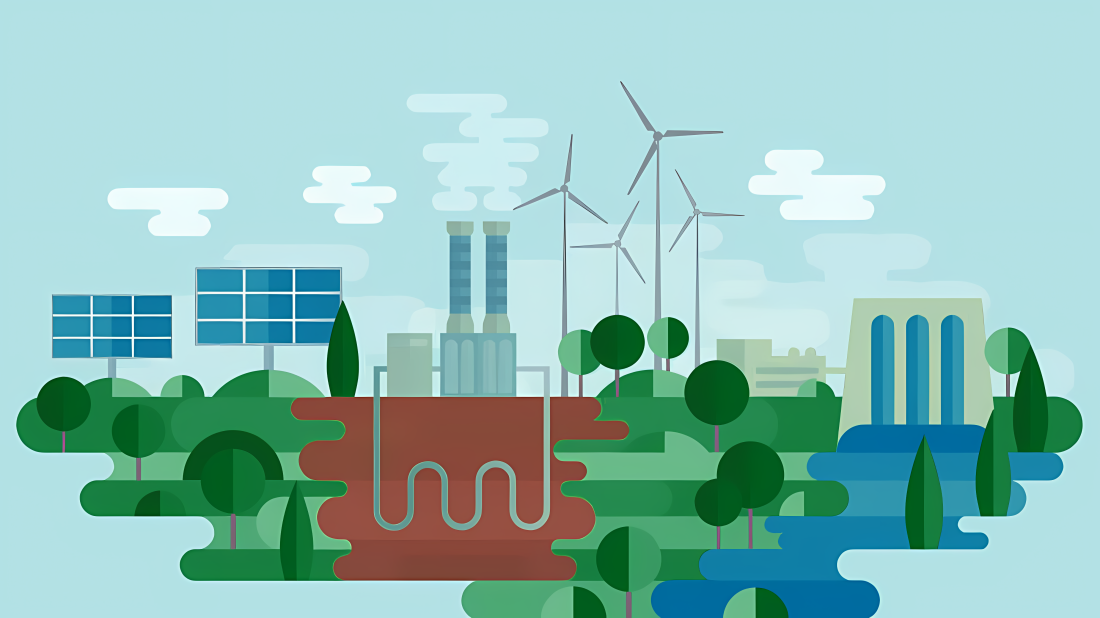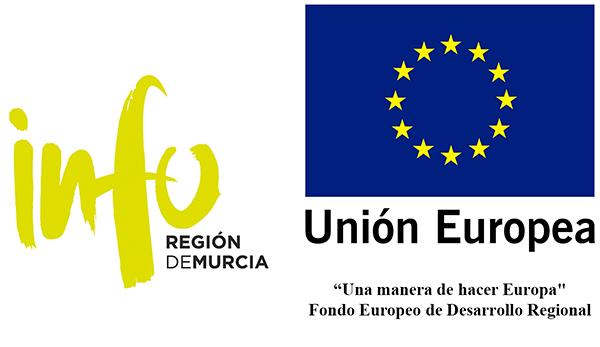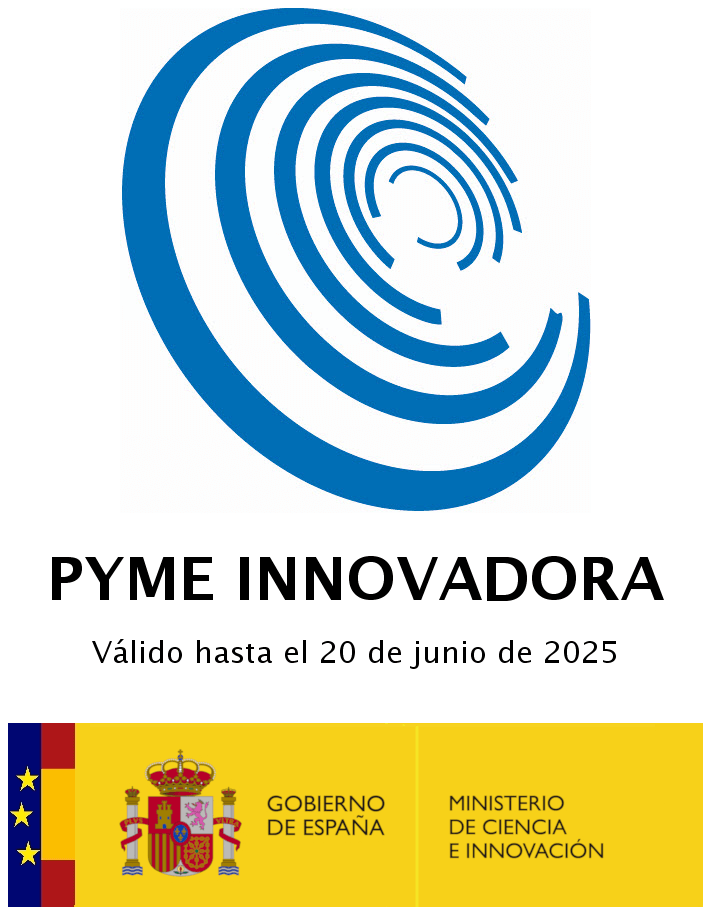Digital Innovation and Energy Future: Realities and Solutions
31 Mar 2023 2:04pmDIGIO Launches Multiple Innovative Platforms for a Disruptive Energy Vertical
Barcelona, March 31, 2023
While digital innovation is part of the solution in the current context of rising energy prices, inflation, and scarcity of raw materials, at DIGIO, we are working to promote a disruptive energy revolution that you can also benefit from. Shall we analyze the current energy situation and its future together?

What is causing the current surge in energy prices?
In social and economic reality, there is never a single cause. Changes in the energy sector occur simultaneously with many ongoing modifications. The combination of these factors has led to the well-known escalation of energy prices that we have recently experienced (and which may be far from subsiding):
- Sudden issues, such as the pandemic, the invasion of Ukraine, geopolitical tensions, and the increased cost of energy sources.
- Long-term trends, including digitization, globalization, and consumer empowerment.
- Sectoral structure. The energy mix in Spain and Europe lacks elasticity and faces underlying problems.
What is the main consequence for the energy sector? Continuous price increases in electricity and its derivatives since 2021 and throughout 2022.
Negative factors for energy in Spain
Although Spain relies on theoretically renewable primary energy sources to the extent of 40%, their utilization is intermittent in practice. When solar activity decreases in winter and wind is absent in summer, the power system has to resort to natural gas as a backup source. It is precisely the resource that has experienced the highest cost increase in recent months.
Furthermore, before considering saving on your electricity bill, you should know that taxes and levies often account for more than 50% of the total amount. In short, these are the three major problems of energy in Spain:
- A system with low elasticity,
- High dependence on seasonally unproductive renewable sources and scarce fuel imports,
- Doubled cost of the bill due to taxes and charges.
Towards solutions through digital innovation
At DIGIO, we aim for three potential courses of action to facilitate the solution to this problem:
-
Structural measures. Reopening the controversial and debated discussion about the use of nuclear energy or fracking. Are they truly clean, sustainable, and profitable in the medium and long term? These are options that should be carefully analyzed, weighing their pros and cons in the short, medium, and long term.
-
Competitive tactics and policies. It is important to work towards reducing additional costs on electricity bills. Further liberalizing the sector could attract more competition and, in turn, increase supply, which always leads to a decrease in prices.
-
Disruption as a driving force. To achieve short-term results, we must embrace change. In this sense, promoting self-consumption and self-production of energy appears to be the best alternative. Covering the numerous sunny terraces in our country with solar panels is no longer just an aspiration
but becoming a reality.
How to promote self-consumption
Adopting public policies to support and finance self-production installations, surplus monitoring and grid injection is the starting point.
We believe it would be beneficial to:
- Encourage fiscal incentives for low-voltage domestic producers (solar installations).
- Minimize administrative barriers for legalizing these installations, monetizing their grid injections, and accessing subsidies. Currently, these processes are very cumbersome.
- Raise awareness and provide information to consumers to encourage their conversion into small "producers."
- Collaborate with local engineering firms to strengthen them and connect them with local owners.
- Set a clear example from the Administration regarding the use of these systems.
- Start considering the effects and non-negligible risks that the creation of self-production sources will have in the medium to long term on an electrical grid designed for one-way, centralized distribution, which will eventually face instabilities and become obsolete due to the strong decentralization of production.
Digitalization offers us an additional opportunity: creating energy communities. For example, neighbors who come together to install and collectively benefit from renewable energy sources. Similarly, it is important to facilitate the sale of domestic surplus production. Establishing a transparent, competitive, and functional system is a priority.
The future is already here... And digitalization holds the missing key.
Do you want to know how we envision the future? At DIGIO, we visualize an explosion of digital platforms that will bring more liquidity, efficiency, sustainability, and profitability to the energy system. We are not only foreseeing it, but we are already working in that direction, becoming decisive agents in the development of some of these platforms. For example,
- Negotiation platforms. Their function is to provide access to key information that optimizes each contract. This includes displaying rates, market conditions, commercialization procedures, potential savings on your bill, etc. In collaboration with Energestic, we have launched the Spock platform. It promotes collective energy purchasing to save on your bill.
- Marketplaces for selling or auctioning energy surplus between peers.
- Automatic inventory platforms and optimization of electric grid management. For instance, the platform DIGIO has developed in partnership with Grupo Cuerva.
- Platforms to facilitate the creation of energy communities. They enable collective access to economies of scale and other advantages. Turning Tables Global is one of the technological contributions that DIGIO has promoted as a technological partner in this field.
- Mobile applications or apps. They allow configuring, monitoring, and controlling domestic solar self-production installations.
- Emergence of autonomous vehicles and their batteries as reserves for accumulating surplus energy while they are parked, to be used during non-solar production hours (daily charging, nighttime use).
- Batteries for storing and distributing surplus domestic energy production.
- Platforms for self-consumption installations. They help establish, register, and operate such installations, as demonstrated by the technological solution DIGIO built for Solar Fighter.
- Resources and applications to detect illegal self-consumption.
Our conclusion is clear: through this digital innovation, we are advancing towards an unstoppable energy democratization. This revolution is the result of a multifactorial and unsustainable energy disruption. At DIGIO, we believe in and work towards it. Get informed about these digital solutions! Contact us now.




